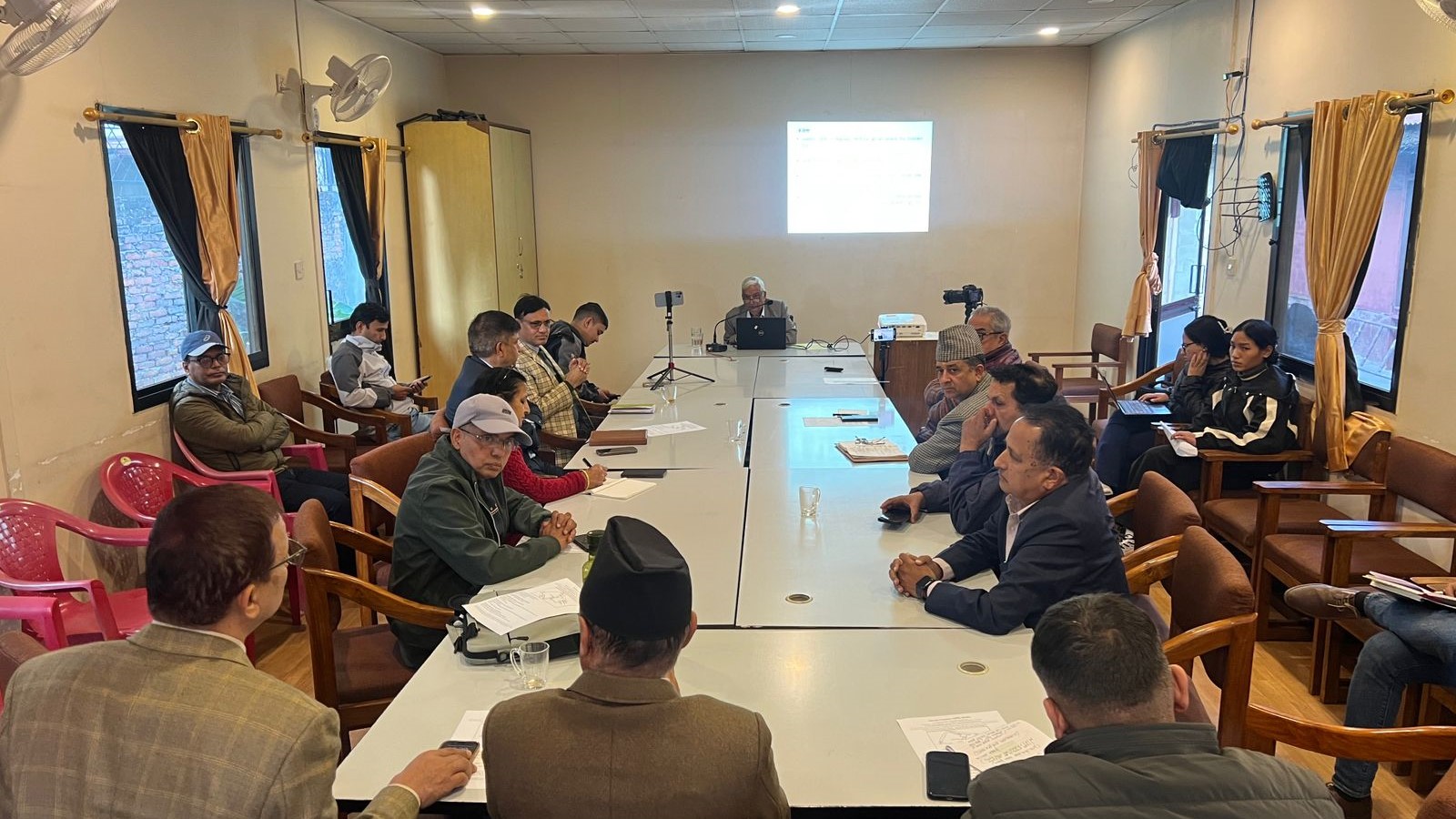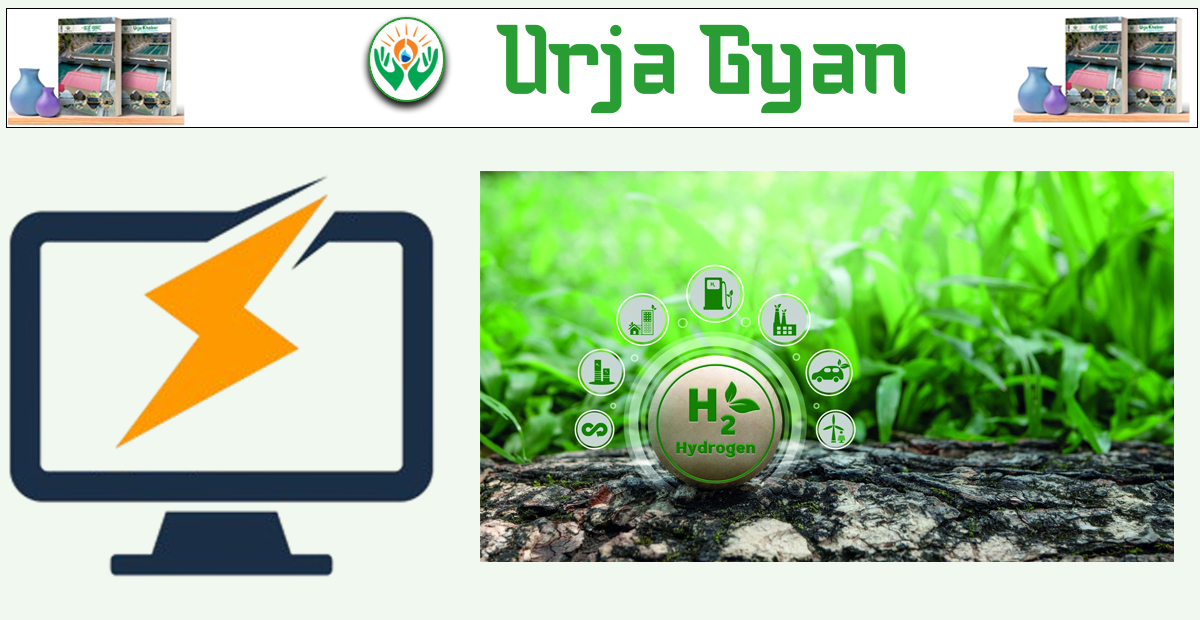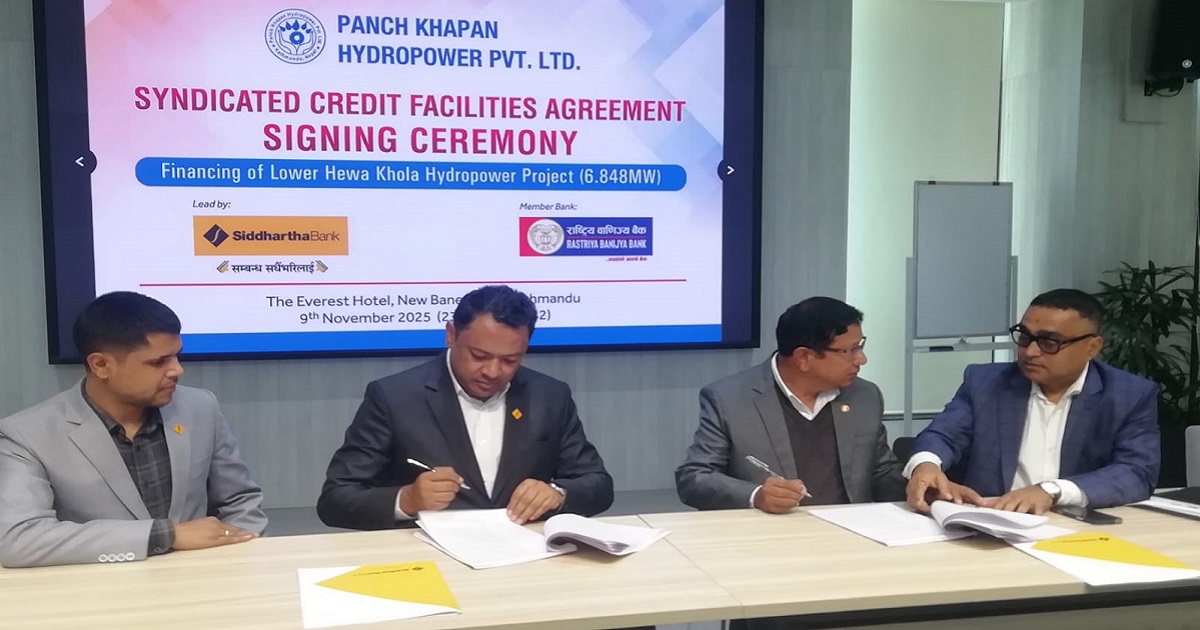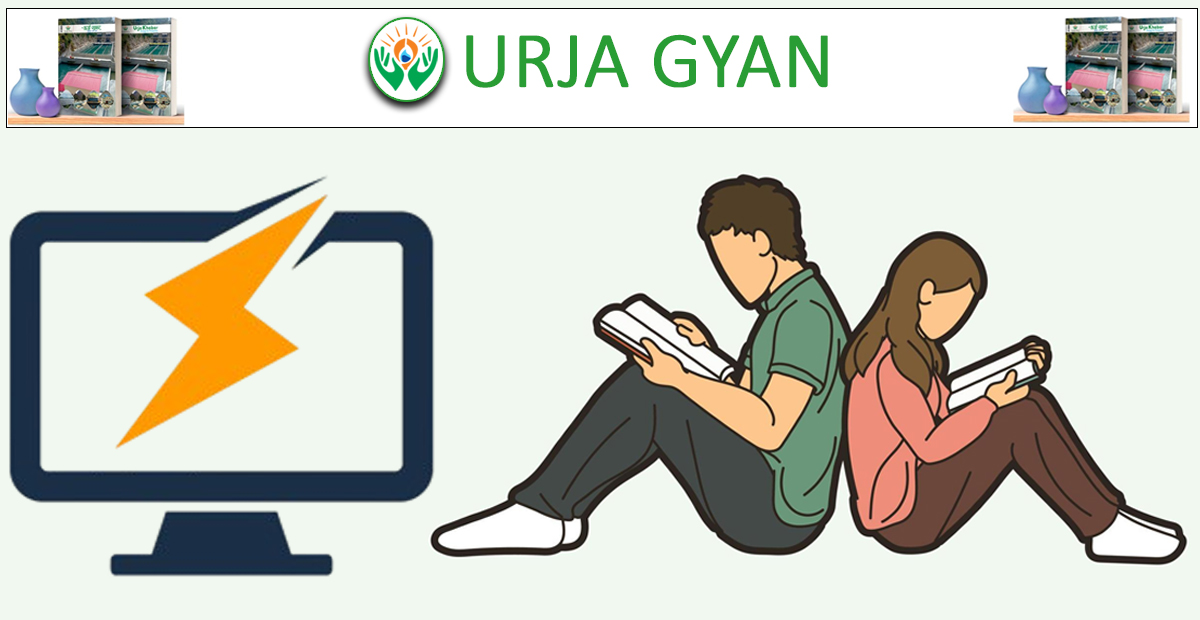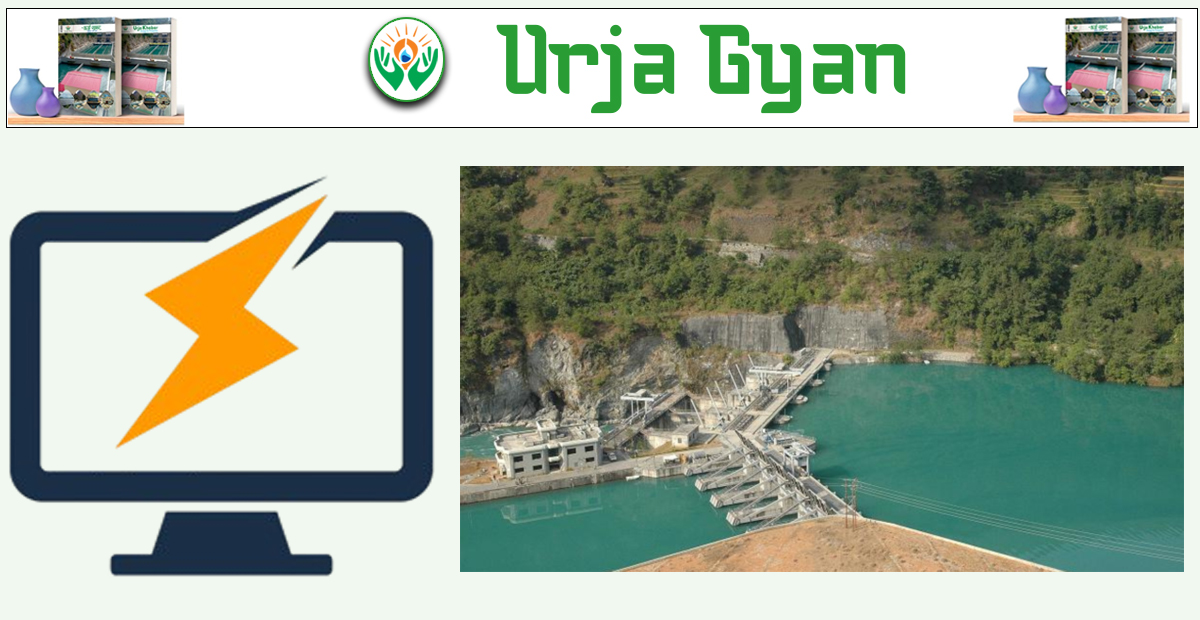Energy Update
Electric Substation, Its Operation, and Safety Precautions
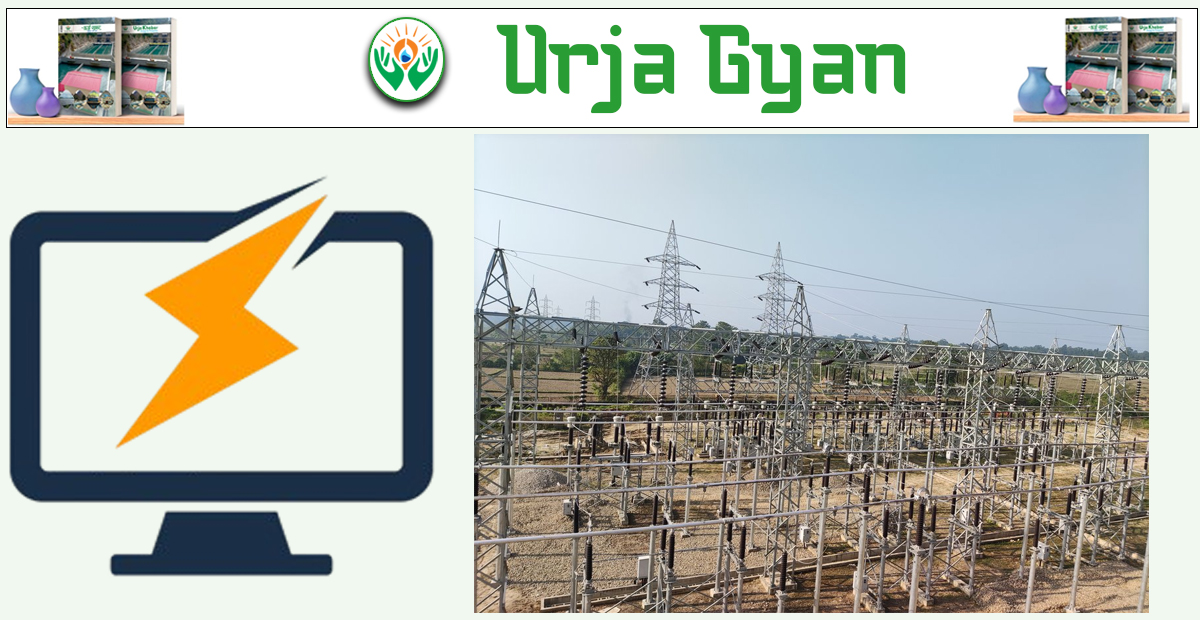
Kathmandu : Under the weekly informative column 'Urja Gyan' published every Friday by Urja Khabar, this week (2081 Magh 25) we present information about electric substations. Last week, we discussed various types of insulators used in transmission lines and their usage.
1. What is an Electric Substation ?

The substation represents an electric facility concerned with voltage transformation from high to low and vice versa in a power system. Substations can facilitate the transmission, distribution, transformation, and switching of electricity. The major components of it are listed as:
- Power Transformers
- Circuit Breakers
- Busbars
- Insulators
- Lightning arrestors

2. What Precautions are Necessary While Working in a Substation ?
Working in a substation area demands a necessary show of following precaution:
- Wear dry rubber boots and gloves before going into the switchyard for disconnecting the power line.
- Before working on any equipment, ensure that the switches in front and back of the equipment are off.
- Working in an area where there is a drop-out fuse, all three fuses should be pulled out.
- In case any person has taken a shutdown or disconnected the power line, no one should connect the line without his consent.
- The 11 kV, where the line is present at 11 kV, extreme caution is to be applied. The safest practice is to disconnect the breaker's incoming line.
- A half-inch thick rubber mat to be provided in front of 11 kV control panel.
3. What Are Normal and Abnormal Operating Conditions in a Substation ?
(A) Normal Condition: A substation is said to be in a normal operating condition when it operates without any faults or problems.
(B) Abnormal Condition: A fault inside or outside the substation is termed as an abnormal condition. Even external faults can affect the substation by causing the circuit breakers to trip. Such faults can lead to blackouts, damage to the equipment, loss of energy, and even loss of human lives in some cases.
4. What Causes Faults in a Substation ?
Faults in a substation occur due to the following reasons:
(A) Equipment Malfunction:
- Manufacturing errors
- Failure of insulation due to aging
- Loose joints causing an internal short circuit in the equipment
(B) Weather Conditions:
- During storms, branches of trees fall on transmission wires
- Fall of trees on lines, thereby breaking or causing a short circuit on the lines
- Lightning arresters causing faults on the lines
(C) Human Errors:
- Negligence while leaving tools inside the line, substation, or generating station after maintenance
- Insufficient tightening of joints
- Inadequate inspection after repairs
Multiple-Choice Questions
Q-1. Usually, the earthing adopted at a sub station is
(A) Pipe Earthing
(B) Mat Earthing
(C) Copper Rod Earthing
(D) All of above as per requirement
Ans : (D) All of above as per requirement
Q2. Station Transformer is used
(A) It is that transformer, that distributes electricity with in 2 km of Generation area.
(B) To feed only on lighting and the equipment installed with in the Station.
(C) It steps-up the generated voltage to be transmitted into the city area.
(D) All of the above stated functions.
Ans: (B) The providing of power to the lighting and other equipment in the station itself.
(3) What are the main elements that are used within a switch yard?
(A) Transformer
(B) Current Transformer (CT) and Potential Transformer (PT)
(C) Isolator and Circuit Breaker
(D) All of the above
Ans: (D) All of the above
(4) What is the most important thing to check when inspecting a power transformer in a substation?
(A) Drop-Out Fuse
(B) Bushing
(C) Cable
(D) Transformer Oil
Answer: (D) Transformer Oil
(5) What is the purpose of a substation in a power plant?
(A) It transmits the power to other places.
(B) It steps up the generated voltage.
(C) Both (A) and (B)
(D) None of the above
Answer: (A) It transmits the power to other places.
(6) What is the function of a substation beneath a transmission line?
(A) It stabilizes the supply of electricity.
(B) It steps down the voltage via a transformer for local power distribution.
(C) It isolates faulty lines and keeps other lines functional.
(D) Both (B) and (C)
Answer: (D) Both (B) and (C)
(7) Some substations have fitted a double-pole breaker isolator. For what?
(A) The line is disconnected.
(B) It disconnects the line from two points.
(C) It should only be used when there is no load or after turning off the circuit breaker.
(D) All of the above
Answer: (D) All of the above
Conversation
- Info. Dept. Reg. No. : 254/073/74
- Telephone : +977-1-5321303
- Email : [email protected]







